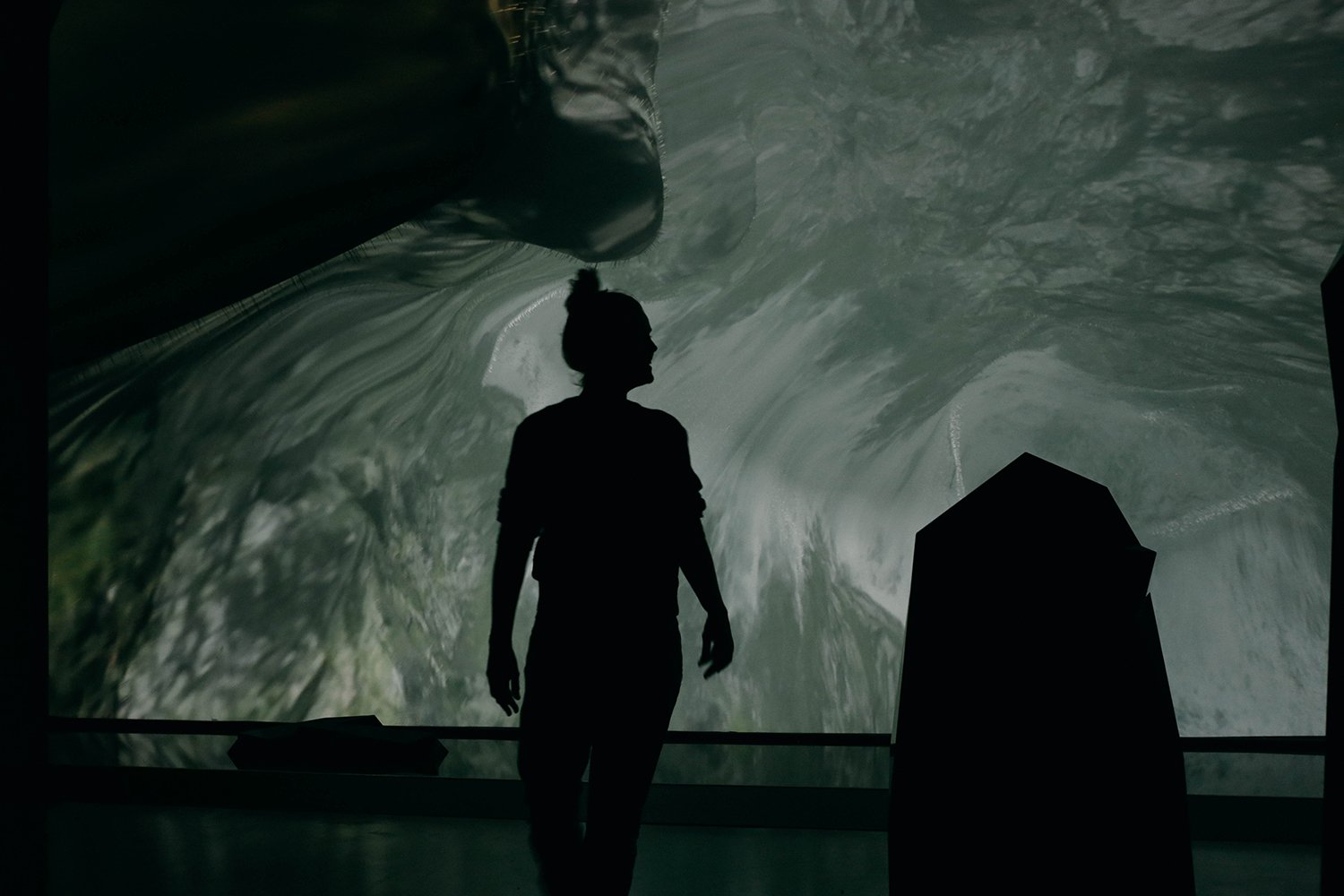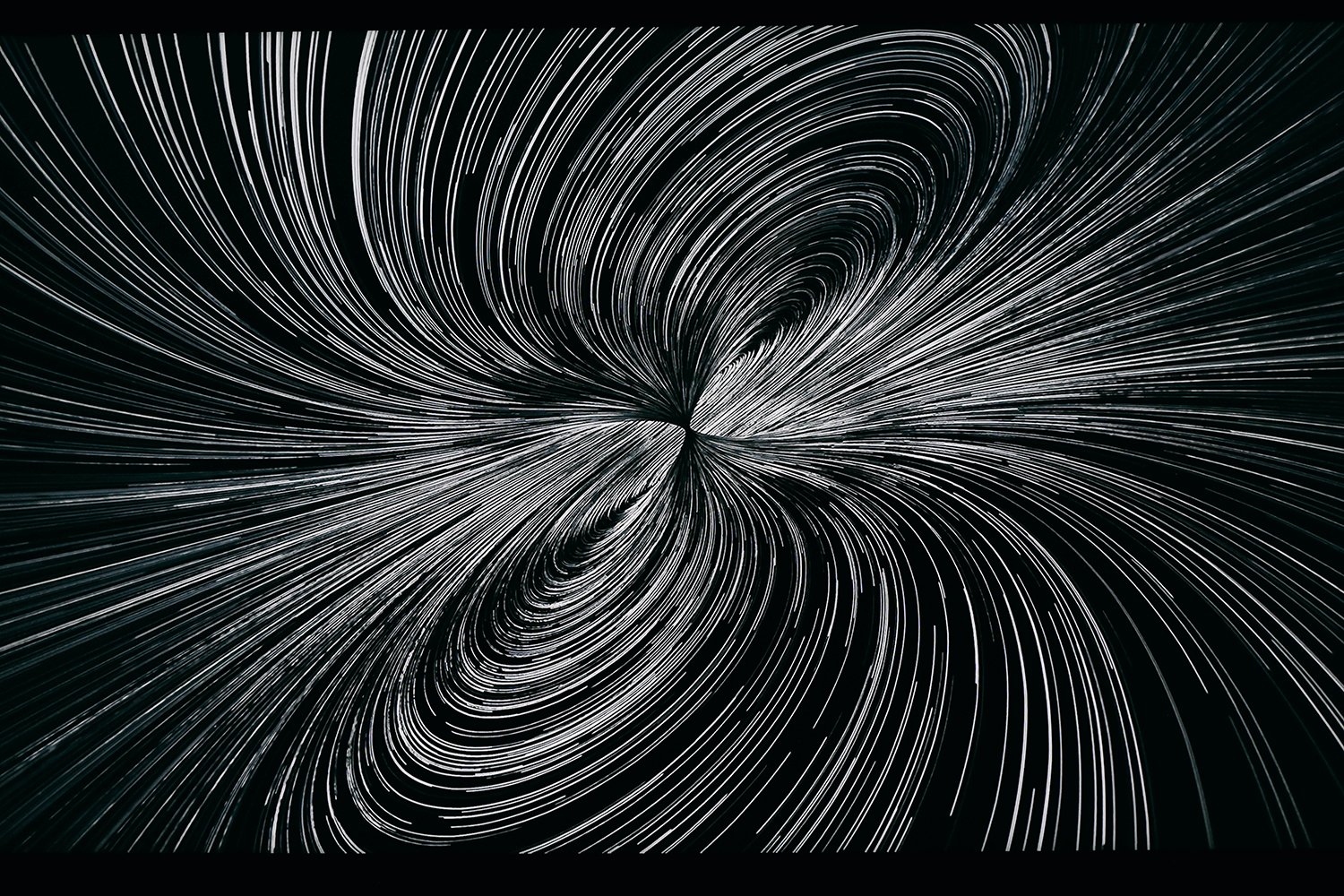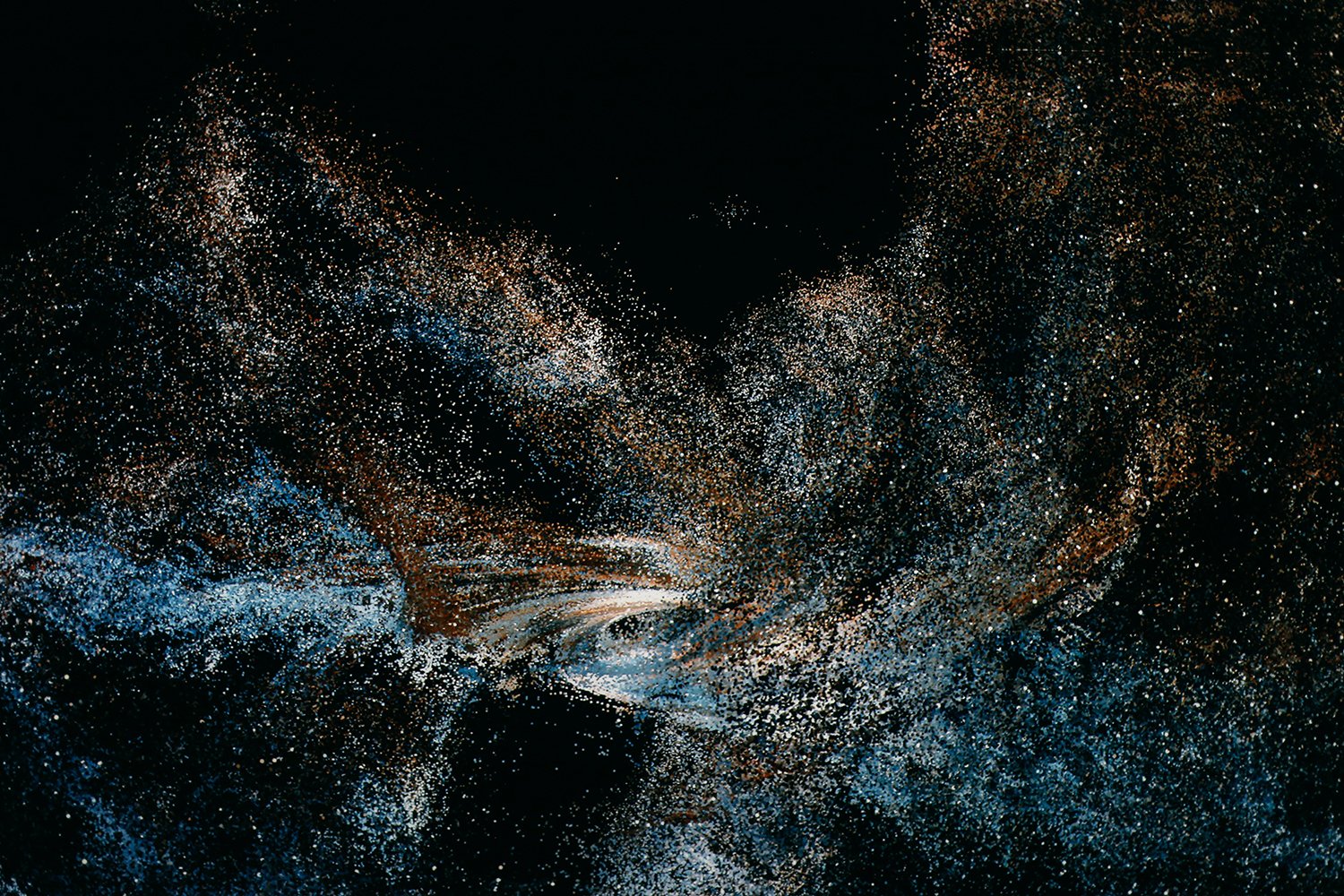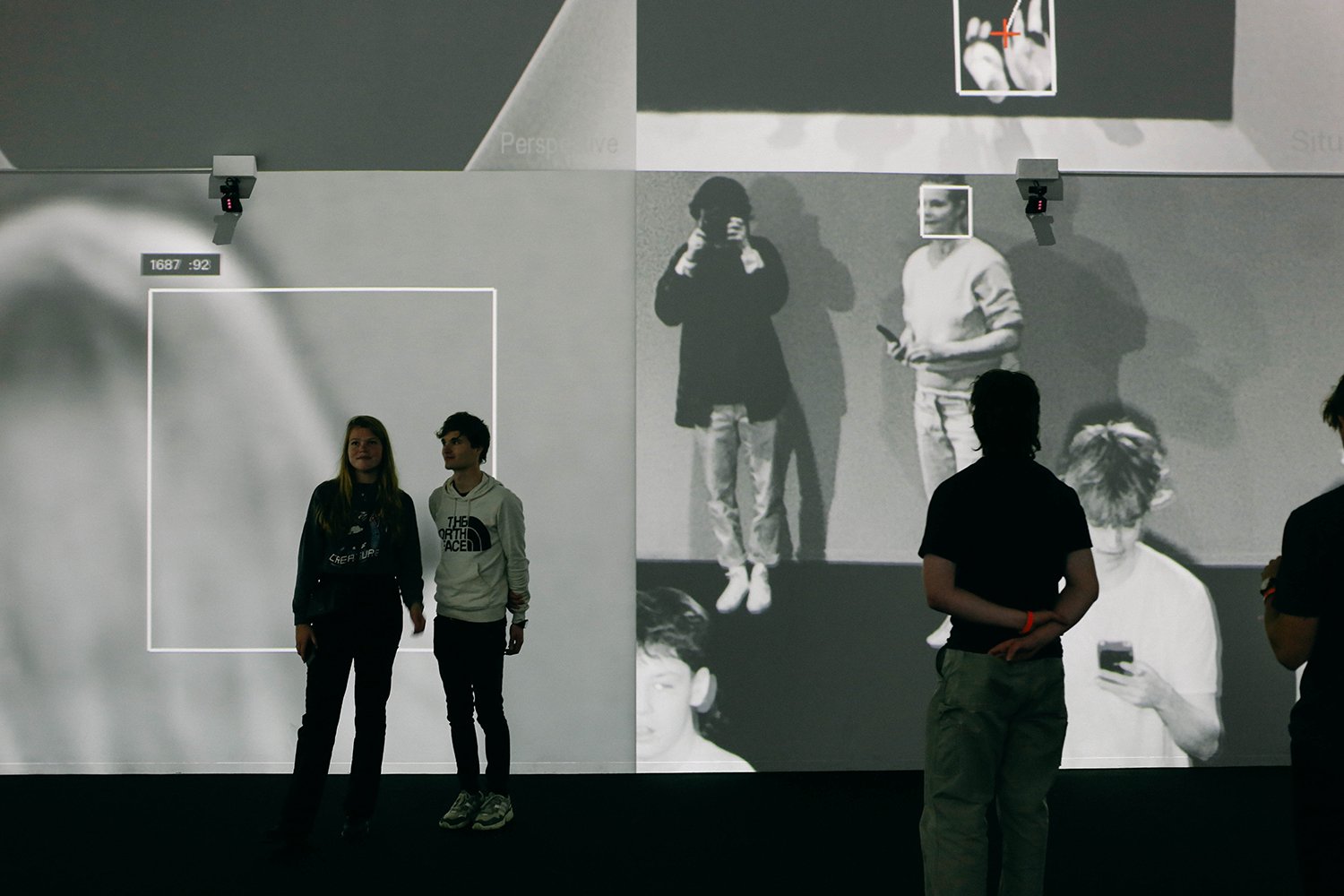Screen time
There weren’t many good exhibitions on in Amsterdam when we were there, which was a bit of a surprise. After the lockdowns the quality of exhibitions in London have been phenomenal (I must have about 10 of them that I need to post about - if not more), so I guess I’ve been spoilt. But through googling what was near us I found a link to Nxt Museum, a new media art gallery that looked enticing. Their inaugural exhibition, Shifting Proximities (on until May 8th) didn’t disappoint. I was really looking forward to the installation above by UVA, but was a bit underwhelmed. I’ve seen their work in London before and it’s always been amazing.
We really enjoyed Habitat by Heleen Blanken though, which you might be able to make out by Z’s smile here if you look closely enough.
So dream like.
Can’t remember who this is by. Looks good though, innit.
I haven’t seen the work by Marshmallow Laser Feast before, and their Distortions in Spacetime was my favourite. It’s projected in a mirrored box, so you have to put on shoe socks on before you go in, and once you do you’re immersed in a 360 degree installation.
It worked like digital confetti in Z’s hair.
You might wonder what this is all about? Well, I’ll copy and paste from the website for ya: “In a giant star’s final moments, atoms compress to a point where density becomes infinite, time stretches to a stop and the gravitational field is so strong that not even light can escape: a black hole. But the force that creates this dark shadow also spews out a supernova explosion of matter that can eventually coalesce to form planets, plants and people. In Distortions in Spacetime, visitors will see themselves reflected in this matter and will begin to understand the cosmic connection between black holes, dying stars and our very existence.”
Makes your head hurt doesn’t it? Aside from the impossibility of it, don’t you think that if all humans got the chance to travel out into space and saw the vastness of it all, as well as our own little planet in it, we would behave better towards each other and our planet? We could really benefit from such a change of perspective.
Anyway. Back to the art. This massive room with CCTV cameras was quite something. Crazy to think how ubiquitous surveillance is now, and how much information we happily give away about ourselves without thinking.
Lastly, Yuxi Cao’s Dimensional Sampling felt very familiar to Ryori Ikeda’s work (you can see my pictures from Ikeda’s London exhibition last year in this blogpost), but was nowhere near as good. Ah well, no matter. We thoroughly enjoyed being taken somewhere else completely for a little while.










